Hedychium Ginger Lily Info: Tips On Caring For Butterfly Ginger Lilies
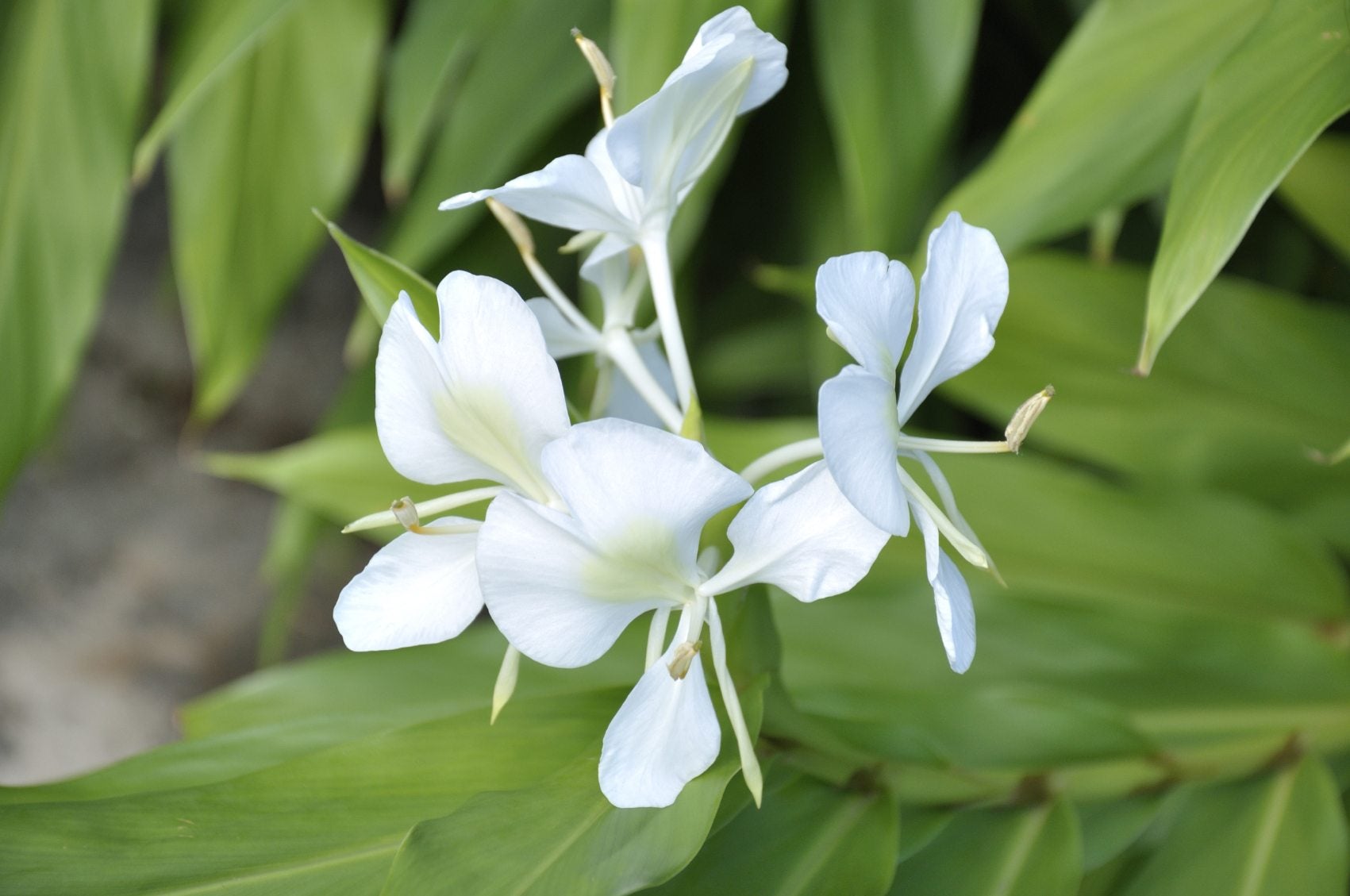

Hedychium are native to tropical Asia. They are a group of astounding floral forms and plant types with minimum hardiness. Hedychium are often called butterfly ginger lily or garland lily. Each species has a unique, floral shape but characteristic "canna-like," large foliage. Hedychium originates in areas where monsoons are common and heavy, moist, warm tropical air is the norm. Try to mimic their native growing conditions for the healthiest Hedychium plants.
Hedychium Ginger Lily Info
Tropical plants in the garden or in containers bring to mind snowy white beaches, dense, lush rainforests, and exotic sights and scents. Hedychium is a tropical plant that is hardy in the United States Department of Agriculture zones 8 to 11. For northern gardeners, butterfly ginger plants can be grown in containers and brought indoors for the cool seasons. This is a true ginger in the Zingerberaceae family, but the rhizomes are not the source of the culinary spice, ginger. The butterfly ginger lily is a half-hardy, perennial, flowering plant. The blooms are strongly scented and quite intoxicating. The plants are part of the marginal rainforest community in tropical Asia. As such, providing partial shade and organic-rich, moist soil is key to growing Hedychium ginger lilies. Several species are available for the home gardener. They produce spikes of flowers in hues of red, white, gold, and orange. The flower sizes vary among the species, but each has a deep spicy scent. Flower spikes may be up to 6 feet (2 m.) tall, and each flower lasts for only one day. The foliage may get 4 to 5 feet (1-1.5 m.) tall and has a wide, sword-like form. Foliage will persist until a cold snap kills it to the ground. An important bit of Hedychium ginger lily info is that the plant should not be grown in Brazil, New Zealand, or Hawaii. It is an invasive species in these areas and has naturalized in some regions.
Growing Hedychium Ginger Lilies
Hedychium plants thrive in partial shade/sun in soil that has excellent drainage but remains moist. The rhizomes should not be in boggy soil, but the plant requires consistent water. You can plant the rhizomes for quicker blooms or sow the seed indoors and transplant them outside. These seedlings will not bloom in the first year. Seeds for plants started outside in warm climates should be planted in autumn, 18 to 36 inches (46-91 cm.) apart, and covered with 1/4 inch (6 mm.) of soil. Thin the seedlings, if necessary, in spring. Young butterfly ginger plants will benefit from a good flowering plant food in spring.
Caring for Butterfly Ginger Lilies
Hedychium needs even moisture for the best performance. When the flowers are all spent, cut off the stem to allow the plant's energy to direct towards the rhizomes. Keep the foliage well-tended until it dies back, as it will keep collecting solar energy to store for the next season's bloom. In spring, divide the rhizomes of plants, ensuring that each has a growth node and roots before planting them separately for a new batch of tropical flowers. In cold climates, dig up the rhizomes in late summer to early fall, brush off the soil, and store them in peat moss inside paper bags where temperatures are cool but not freezing and the air is dry. Replant in early spring in containers or prepared soil and get ready to enjoy one of the headiest floral displays you can find outside of a tropical region.
Gardening tips, videos, info and more delivered right to your inbox!
Sign up for the Gardening Know How newsletter today and receive a free copy of our e-book "How to Grow Delicious Tomatoes".

Bonnie Grant is a professional landscaper with a Certification in Urban Gardening. She has been gardening and writing for 15 years. A former professional chef, she has a passion for edible landscaping.
-
 Get Ready For A Summer Of Hummers! Grow These Full Sun Hummingbird Plants and Flowers
Get Ready For A Summer Of Hummers! Grow These Full Sun Hummingbird Plants and FlowersIf you’re lucky enough to enjoy a sunny backyard, make sure you are maxing out on your pollinator opportunities and grow these full sun hummingbird plants and flowers
By Tonya Barnett
-
 12 Lush Alternatives To A Lawn For Sustainable Spaces
12 Lush Alternatives To A Lawn For Sustainable SpacesAlternatives to a lawn are beautiful and also beneficial to your local ecosystem and its pollinators. Explore our top picks for plants to replace grass.
By Tonya Barnett
-
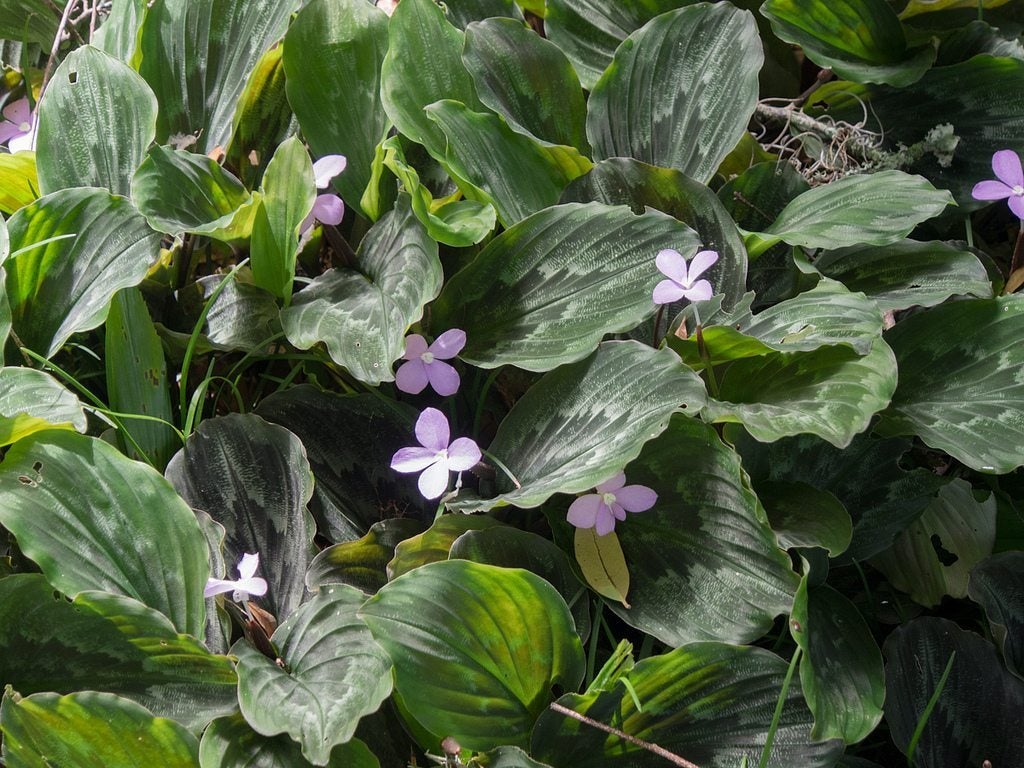 Peacock Ginger Plant Care: Learn How To Grow Peacock Ginger Plants
Peacock Ginger Plant Care: Learn How To Grow Peacock Ginger PlantsIn warmer climates, growing peacock ginger is a great way to cover a shady part of the garden. This pretty groundcover thrives in the shade and produces distinctive, striped leaves along with small, delicate flowers. Learn more about the plant in this article.
By Mary Ellen Ellis
-
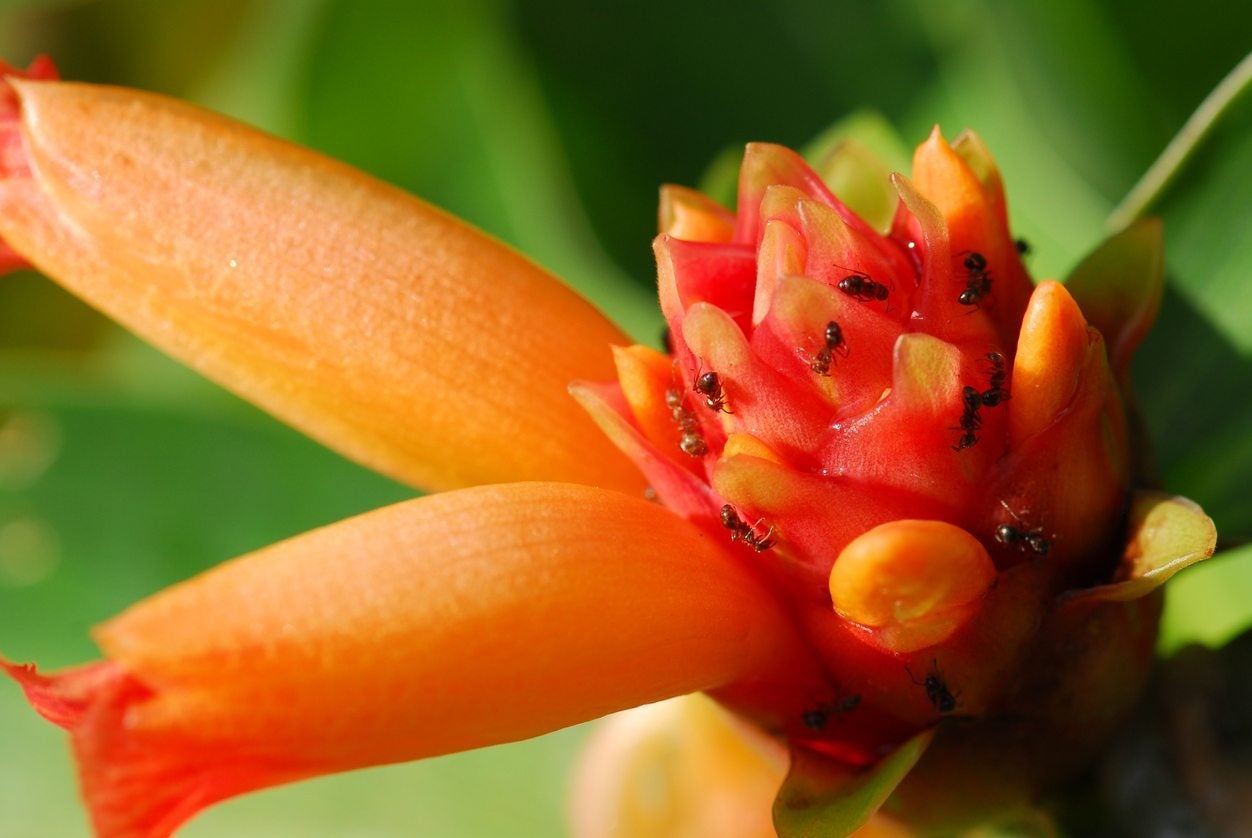 Ginger Insect Problems – Tips On How To Manage Ginger Pests
Ginger Insect Problems – Tips On How To Manage Ginger PestsGrowing ginger in your backyard garden is easy. That is, it's easy until the pests swoop in and start devastating your plants. Ginger insect problems are manageable, but you need to know what pests may attack and how to deal with them. This article will help.
By Mary Ellen Ellis
-
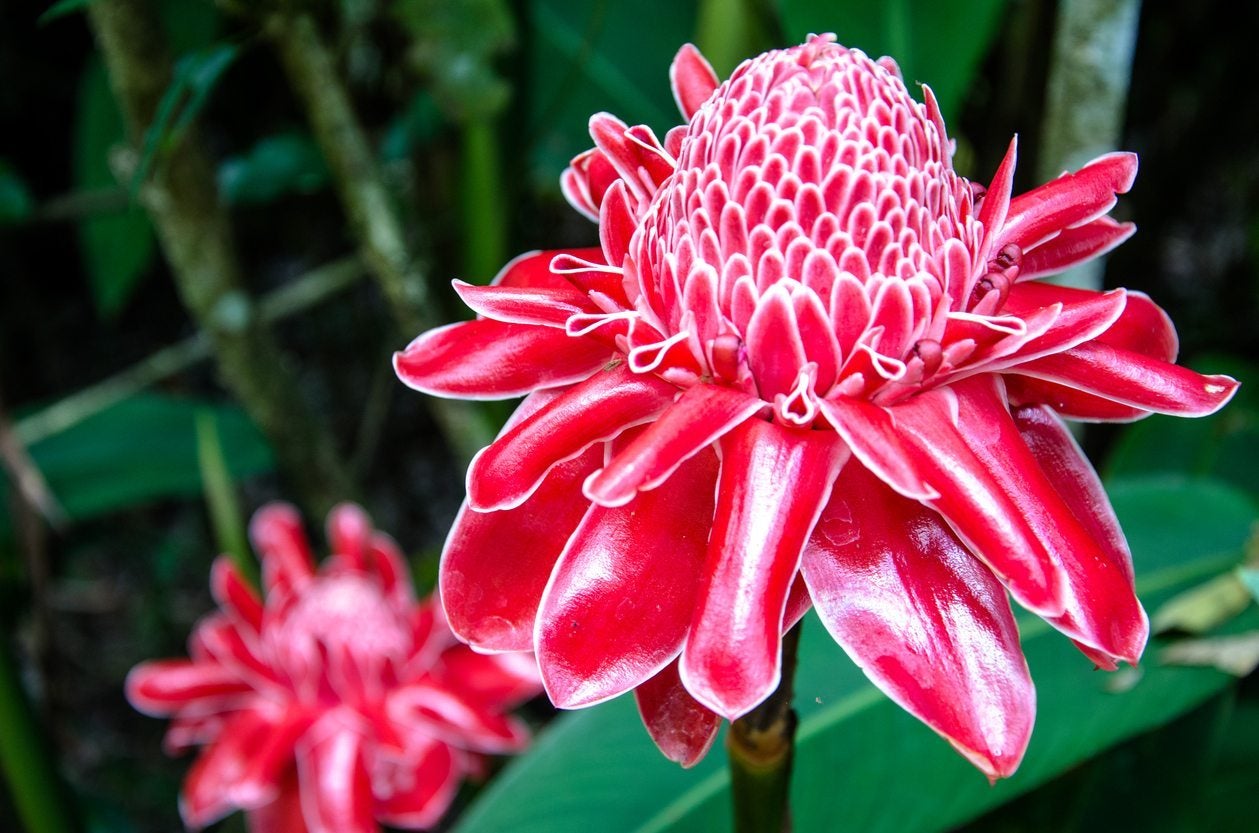 Ornamental Ginger Plants - A Guide To Flowering Ginger Varieties
Ornamental Ginger Plants - A Guide To Flowering Ginger VarietiesOrnamental ginger plants can be a great way to add attractive and exotic color, foliage, and blooms to your garden. Whether they go in beds or in containers, these plants offer diversity without a lot of maintenance. Learn more about them in this article.
By Mary Ellen Ellis
-
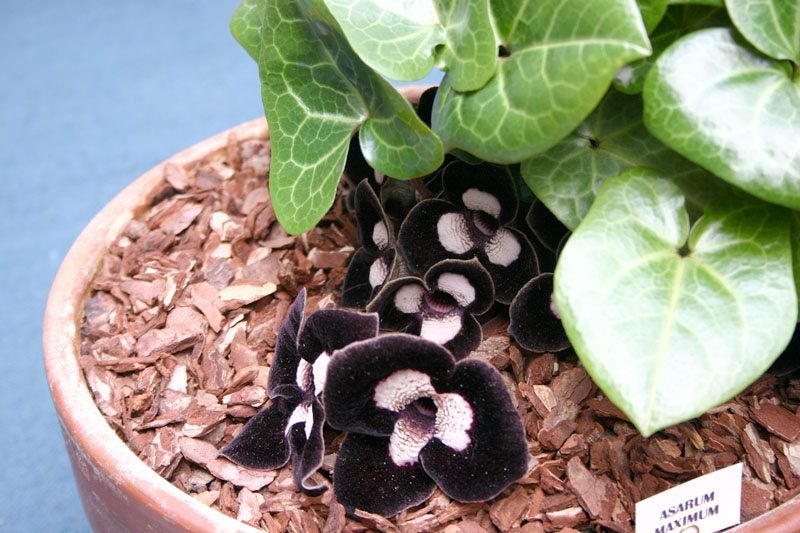 Panda Face Ginger Info: Tips For Growing Panda Face Ginger Plant
Panda Face Ginger Info: Tips For Growing Panda Face Ginger PlantIf you are looking for a shade-loving plant to fill a gap in the landscape, you might want to try a wild ginger. One of the more spectacular specimens is Asarum maximum, or Panda Face ginger. Learn how to grow it in this article.
By Amy Grant
-
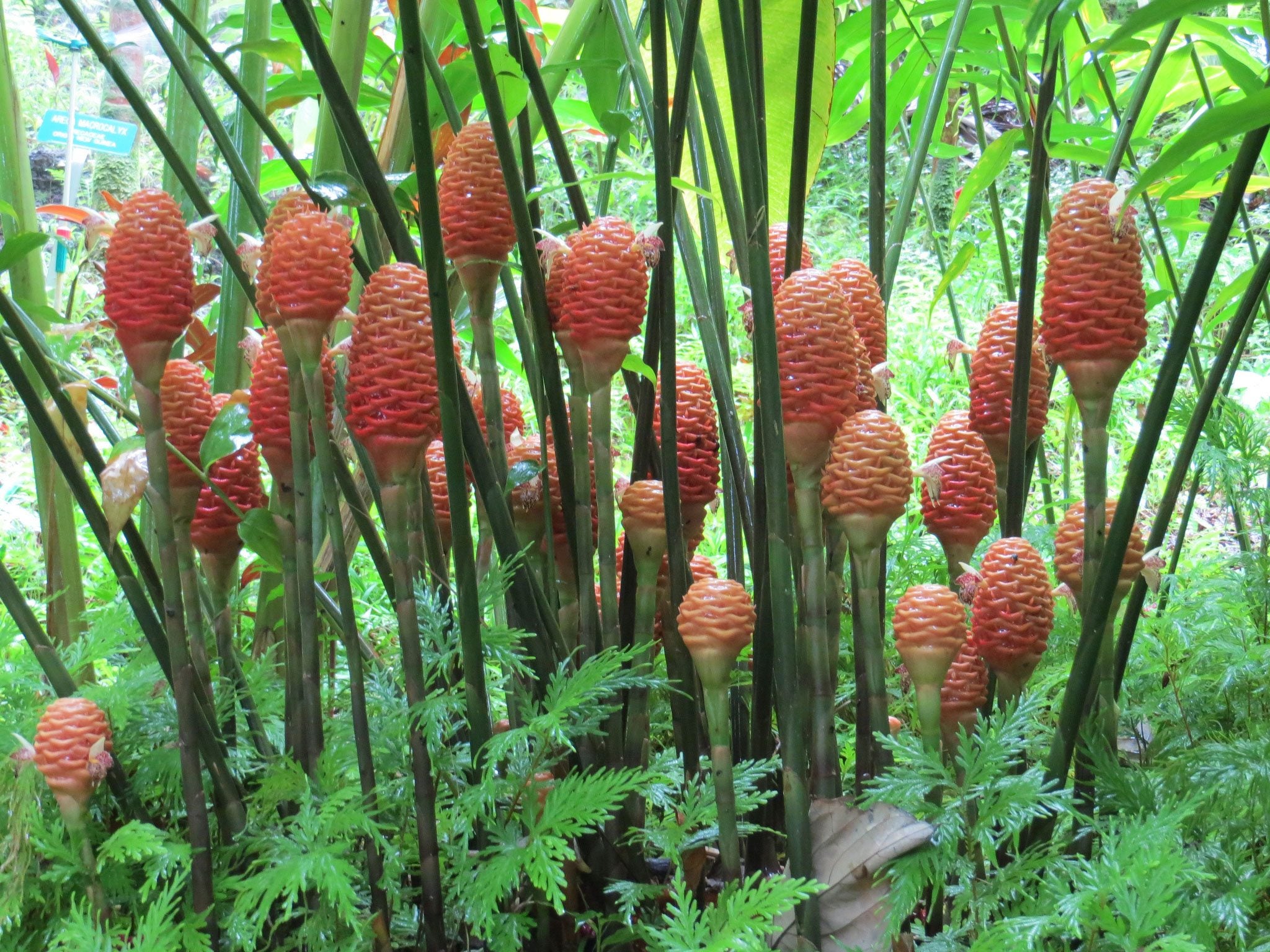 Beehive Ginger Care: Learn How To Grow Beehive Ginger
Beehive Ginger Care: Learn How To Grow Beehive GingerThe beehive ginger plant is of tropical origin, so if you are more north of the equator, you may wonder if it is possible to grow and, if so, how to grow beehive ginger in your garden. This article will help with that.
By Amy Grant
-
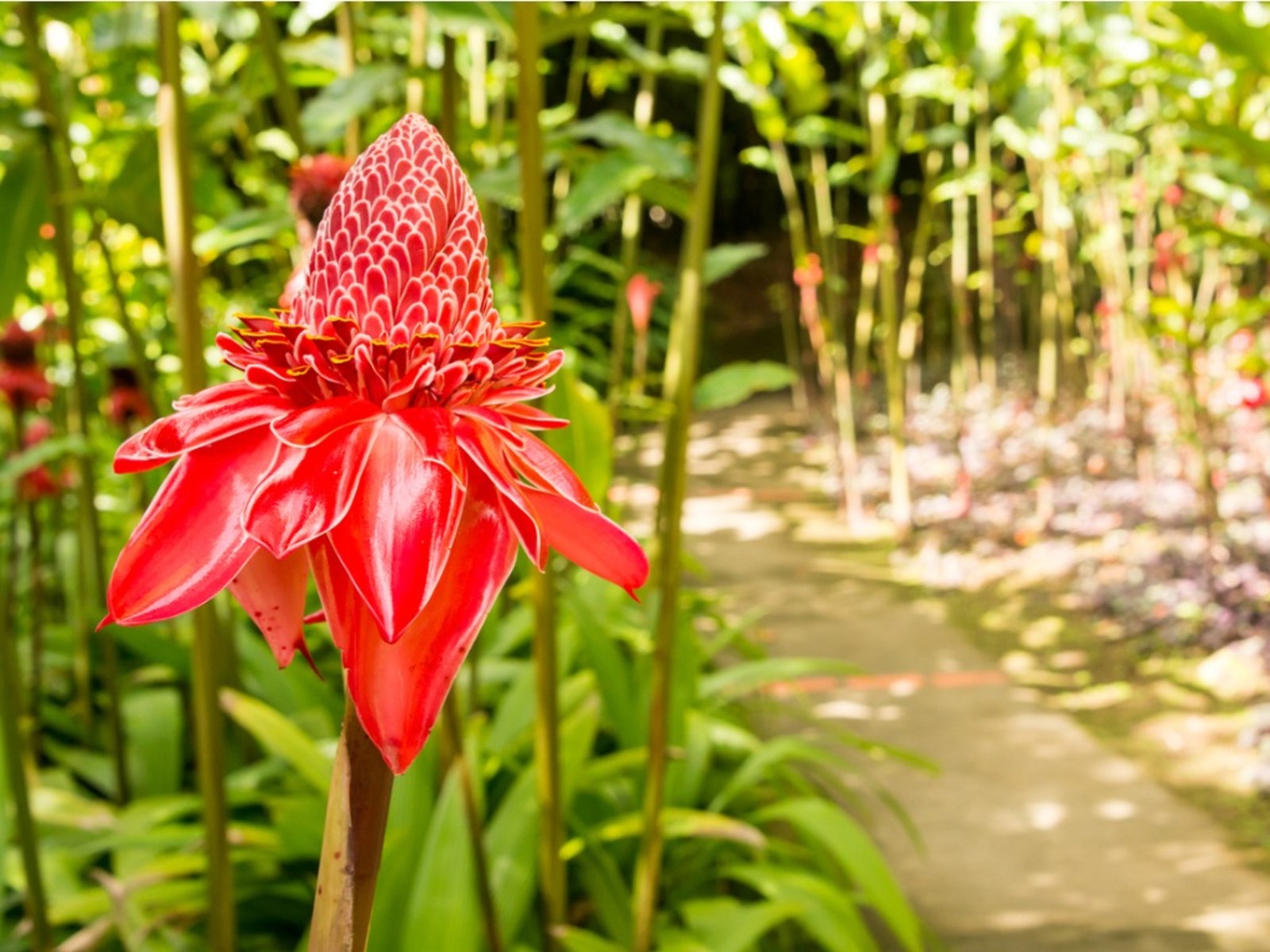 Torch Ginger Flowers: How To Grow Torch Ginger Lilies
Torch Ginger Flowers: How To Grow Torch Ginger LiliesThe torch ginger lily is a showy addition to the tropical landscape. Find out how to grow this interesting plant by reading the following article. Click here to get more information.
By Becca Badgett
-
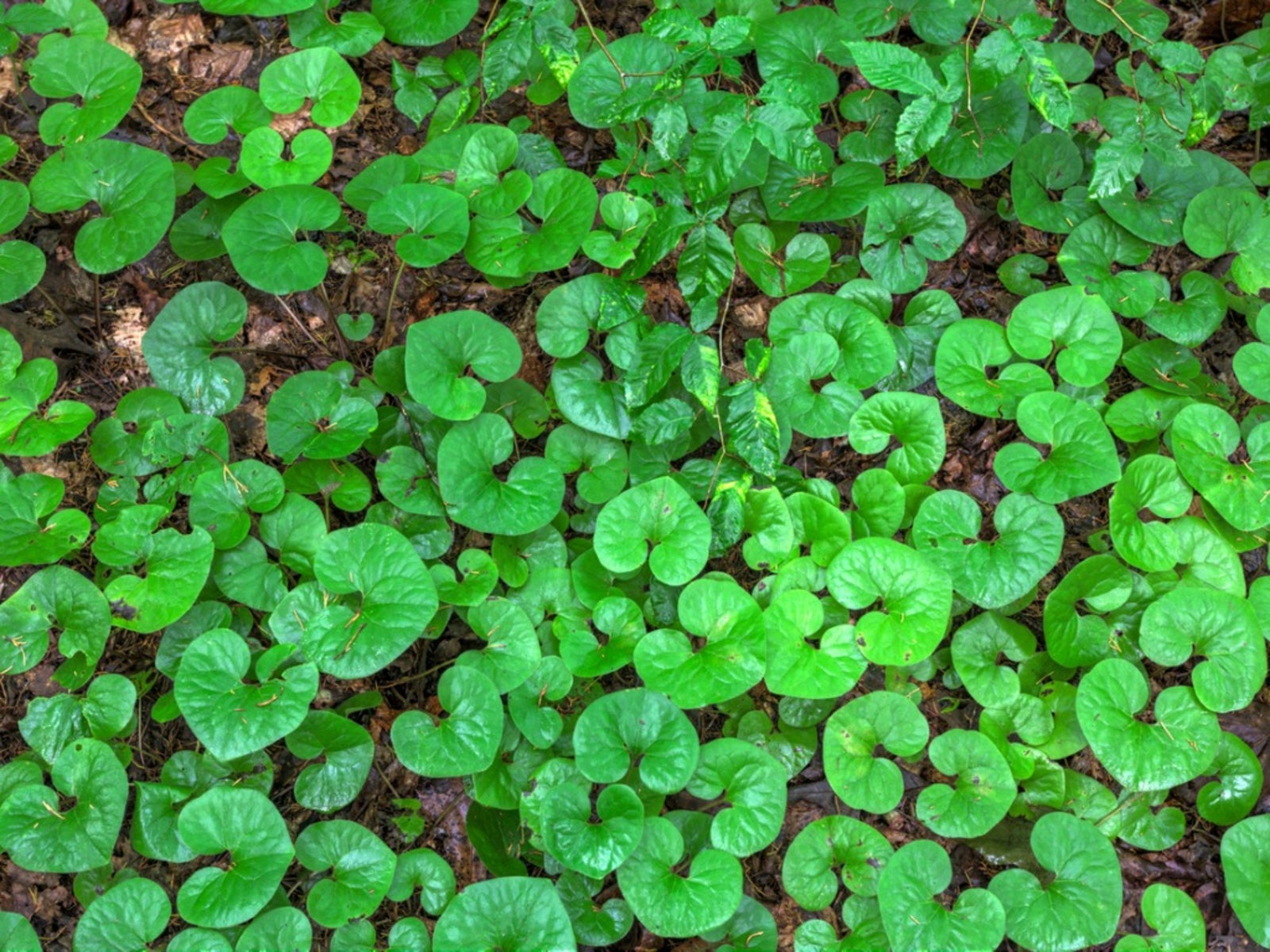 Caring For Wild Ginger: How To Grow Wild Ginger Plants
Caring For Wild Ginger: How To Grow Wild Ginger PlantsFound throughout the world, but primarily in the shady woods of Asia and North America, wild ginger is a perennial not related to the culinary ginger. Can you grow ginger plants in the wild? Read here to find out.
By Amy Grant